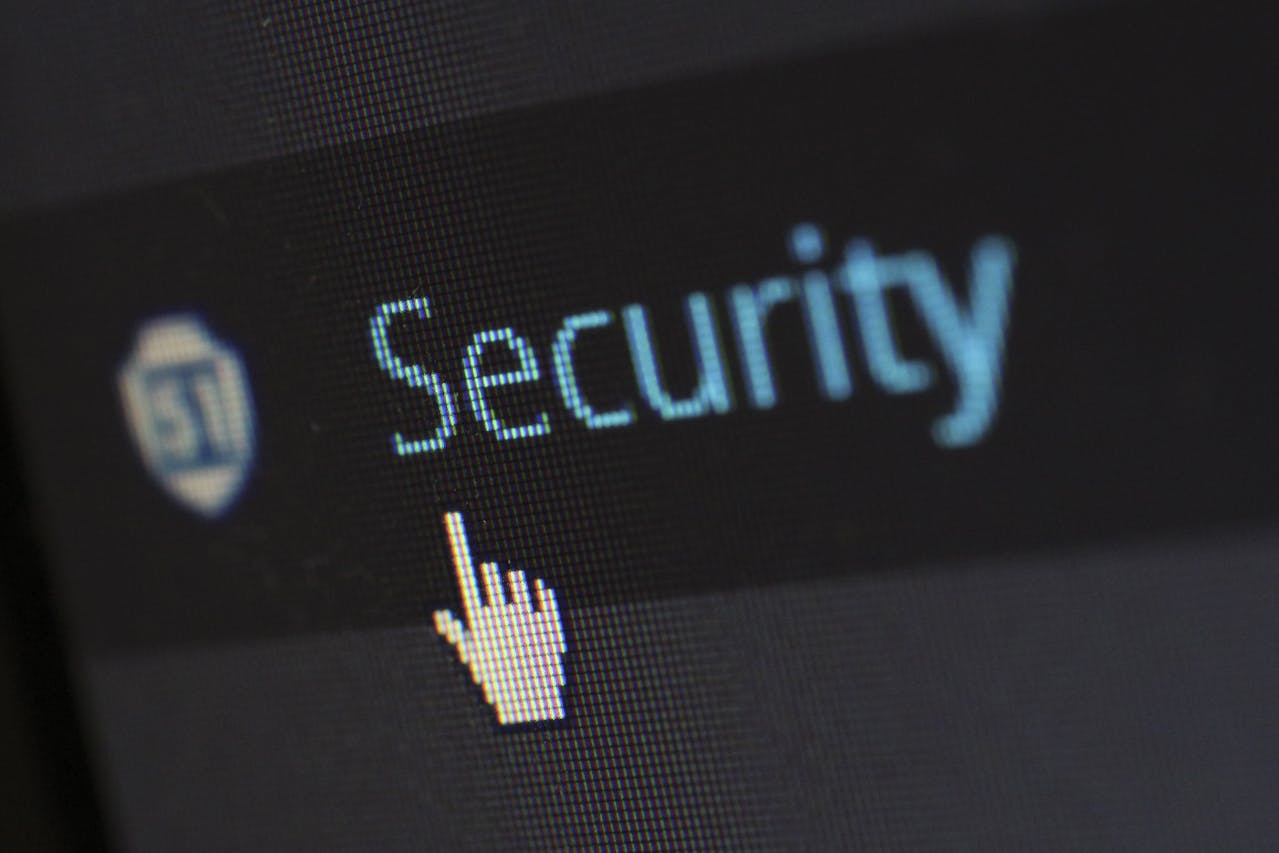Table of Contents
In today&8217;s rapidly evolving digital world, cybersecurity and marketing automation are critical areas of focus. Advanced studies in these fields equip professionals with the skills to protect sensitive data and leverage automated tools for efficient marketing.
Understanding Cybersecurity: Importance and Fundamentals
Cybersecurity is vital for protecting sensitive data from threats like hacking, phishing, and malware. It encompasses a set of strategies, practices, and technologies designed to safeguard networks, computers, and information. Fundamental cybersecurity principles include confidentiality, integrity, and availability, often referred to as the CIA triad. Confidentiality ensures that information is only accessible to those authorized to view it. Integrity means that data is accurate and not altered unless by an authorized entity. Availability ensures that systems and data are accessible to users when needed. Professionals in cybersecurity need to stay updated with the latest threats and defense tactics. Continuous education and certification programs are essential to understanding new vulnerabilities and developing robust security measures. Overall, mastering cybersecurity is about creating a resilient defense against ever-evolving digital threats.
Cyber Threats: Recognizing and Mitigating Risks
Recognizing and mitigating cyber threats is pivotal in maintaining cybersecurity. Major cyber threats include viruses, ransomware, phishing attacks, and Advanced Persistent Threats (APTs). A virus can damage or destroy files, while ransomware locks users out of their data until a ransom is paid. Phishing, often through deceptive emails, tricks individuals into providing sensitive information. APTs target organizations and stay unnoticed for an extended period, scooping valuable data. Effective mitigation involves a combination of technology, policies, and awareness. Firewalls, anti-virus software, and encryption are technological measures that offer protection. Implementing strong passwords, multi-factor authentication, and regular software updates are essential policies. Moreover, educating staff about recognizing suspicious activities is crucial. Regular training can significantly reduce the risk of falling prey to cyber threats. In essence, staying vigilant and implementing a multi-layered security strategy is the best approach to mitigate cyber risks.
Marketing Automation: Transforming Digital Campaigns
Marketing automation leverages software to automate repetitive tasks in digital marketing campaigns. This includes email marketing, social media posting, and ad campaigns, designed to enhance efficiency and effectiveness. The primary goal is to nurture leads and convert them into customers through personalized, timely communication. By using customer data, marketing automation tools can segment the audience and deliver tailored content that resonates with each segment. This targeted approach not only saves time but also improves engagement and conversion rates. Moreover, it provides valuable insights into customer behavior, helping marketers optimize strategies in real-time. By automating repetitive tasks, marketers can focus on more strategic activities, such as crafting creative content and analyzing campaign performance. Ultimately, marketing automation bridges the gap between efficiency and personalization, creating seamless and impactful digital campaigns.
Integrating Cybersecurity in Marketing Automation
Integrating cybersecurity in marketing automation is essential for protecting customer data and maintaining trust. Marketing automation tools collect and store vast amounts of personal information, making them attractive targets for cybercriminals. Therefore, securing these systems is crucial. Implementing robust encryption methods ensures that data in transit and at rest is protected. Regularly updating software and using strong, unique passwords can significantly reduce vulnerabilities. Furthermore, it is essential to comply with regulations such as GDPR and CCPA, which mandate stringent data protection measures. Training marketing teams on best security practices is also vital. They should be aware of phishing attacks and the importance of data security. Incorporating cybersecurity measures into marketing automation not only protects data but also fosters customer trust. When customers know their information is secure, they are more likely to engage with and trust the brand.
Innovating Cybersecurity: Future Trends and Technologies
The future of cybersecurity is shaped by emerging trends and technologies designed to combat sophisticated threats. Artificial Intelligence (AI) and Machine Learning (ML) are revolutionary, enhancing threat detection and response. AI algorithms analyze vast amounts of data to identify unusual patterns and potential threats that might be missed by human oversight. Blockchain technology offers another promising avenue, with its decentralized and immutable ledger providing enhanced data security. Quantum computing, although in its nascent stages, is expected to revolutionize encryption methods. It could render current encryption techniques obsolete, necessitating the development of quantum-resistant algorithms. Another significant trend is the adoption of Zero Trust Architecture, which assumes that threats can come from within and outside the network, thereby enforcing strict verification for every access request. As cyber threats continue to evolve, staying ahead requires continuous innovation and adaptation. Embracing these advanced technologies and trends will be pivotal in securing the cyber frontier.
Achieving Synergy: Collaborating Across Disciplines
Achieving synergy between cybersecurity and marketing automation involves close collaboration across different disciplines. Cybersecurity experts and marketing professionals need to work together to identify and mitigate potential risks while enhancing marketing performance. Regular communication and joint efforts ensure that security measures do not hinder marketing campaigns. By understanding each other&8217;s roles and challenges, teams can develop a more integrated approach to both protect data and achieve marketing goals. For example, during a new campaign rollout, marketers can ensure that cybersecurity measures are in place to protect sensitive customer information. Conversely, cybersecurity teams can provide insights into potential vulnerabilities that might affect campaign execution. This cross-disciplinary collaboration can also drive innovation, as different perspectives often lead to creative solutions. Ultimately, fostering a cooperative environment where both cybersecurity and marketing automation teams work hand-in-hand ensures a robust, dynamic, and secure approach to digital transformation.
As we explore the cyber frontier, the intersection of advanced cybersecurity and marketing automation strategies provides comprehensive insights into securing our digital future and enhancing marketing efficiency.
